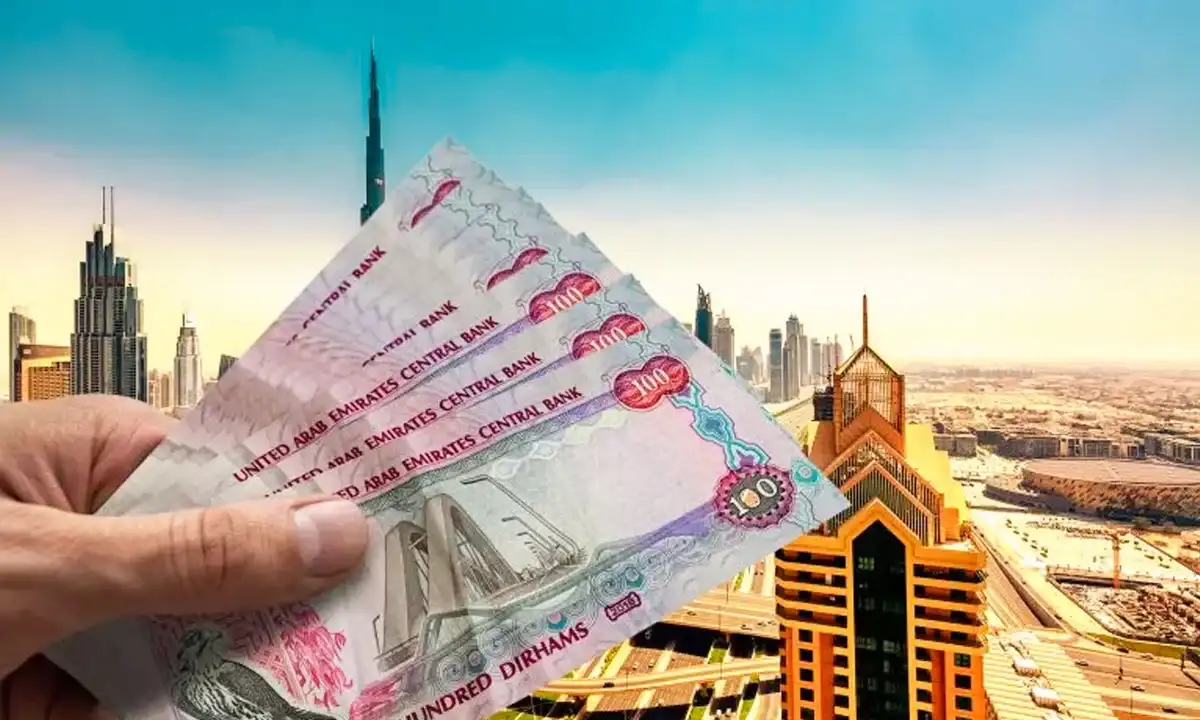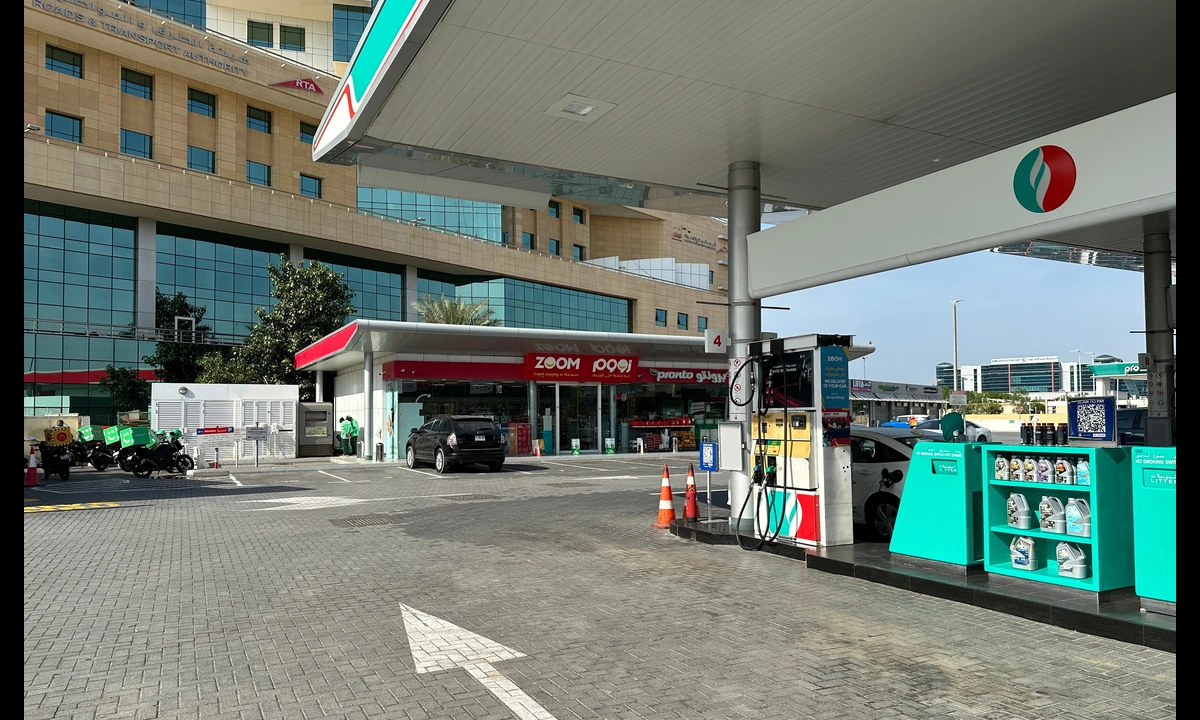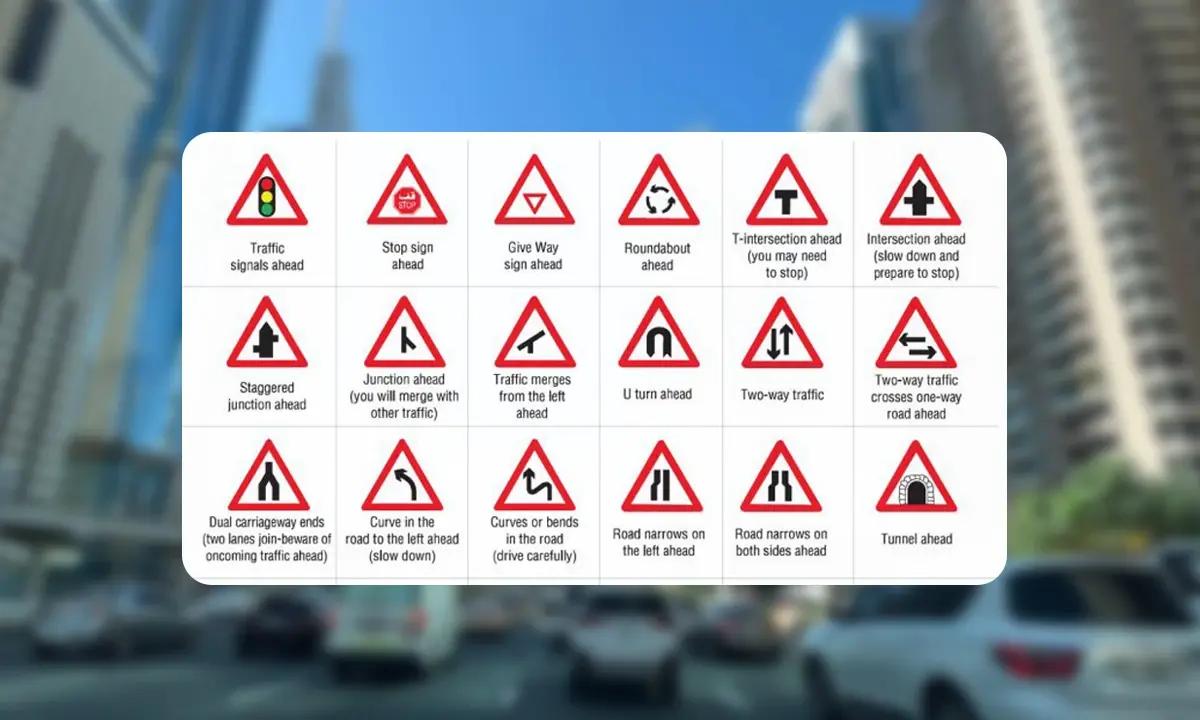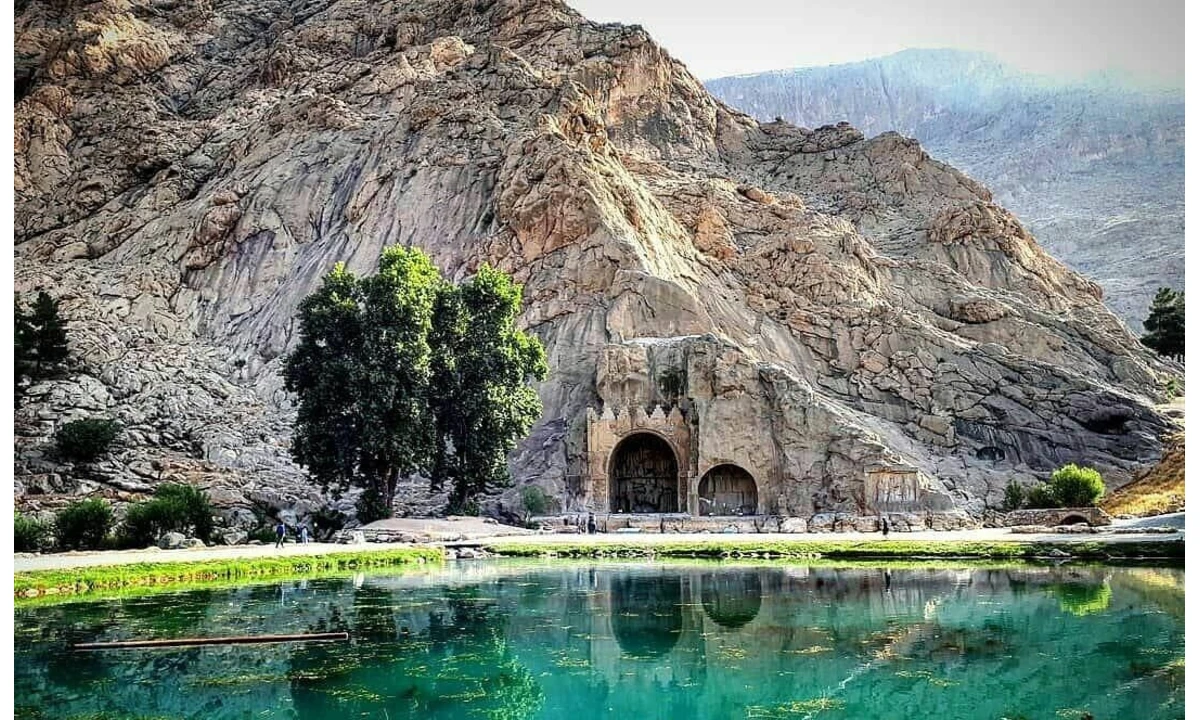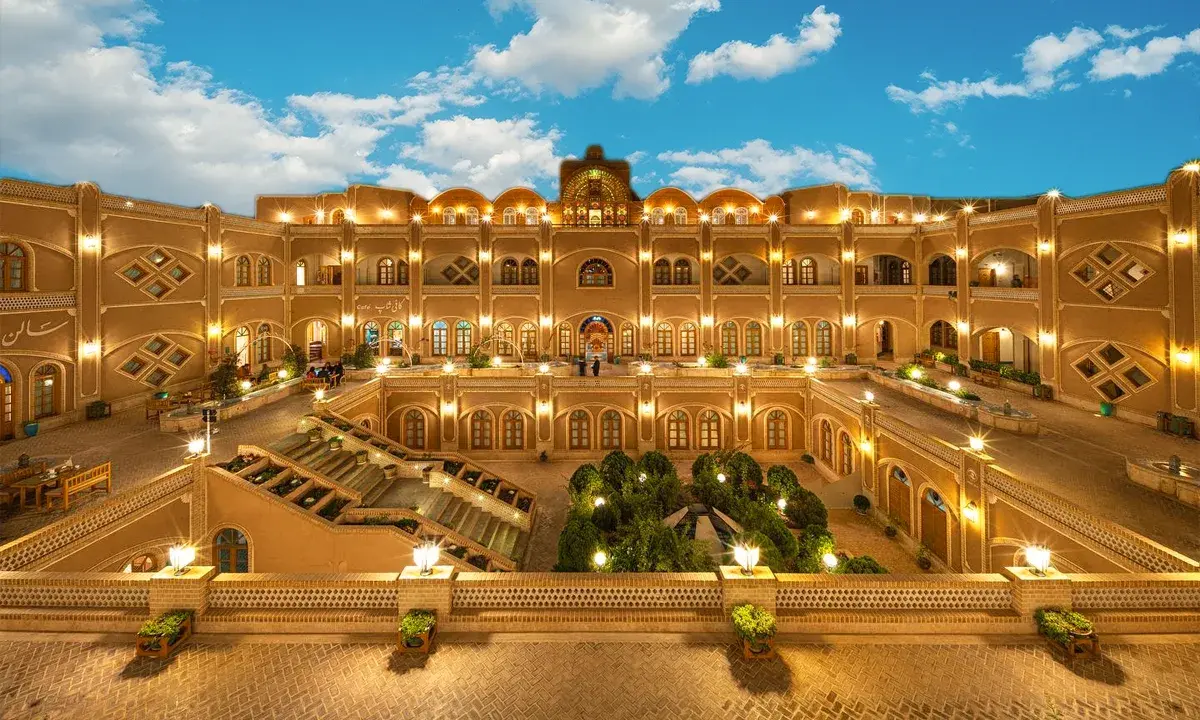Naqsh-e Jahan Square | The Most Famous Landmark in Isfahan
![]() Author : shiva | Date : Sunday 26 January 2025 12:47
Author : shiva | Date : Sunday 26 January 2025 12:47
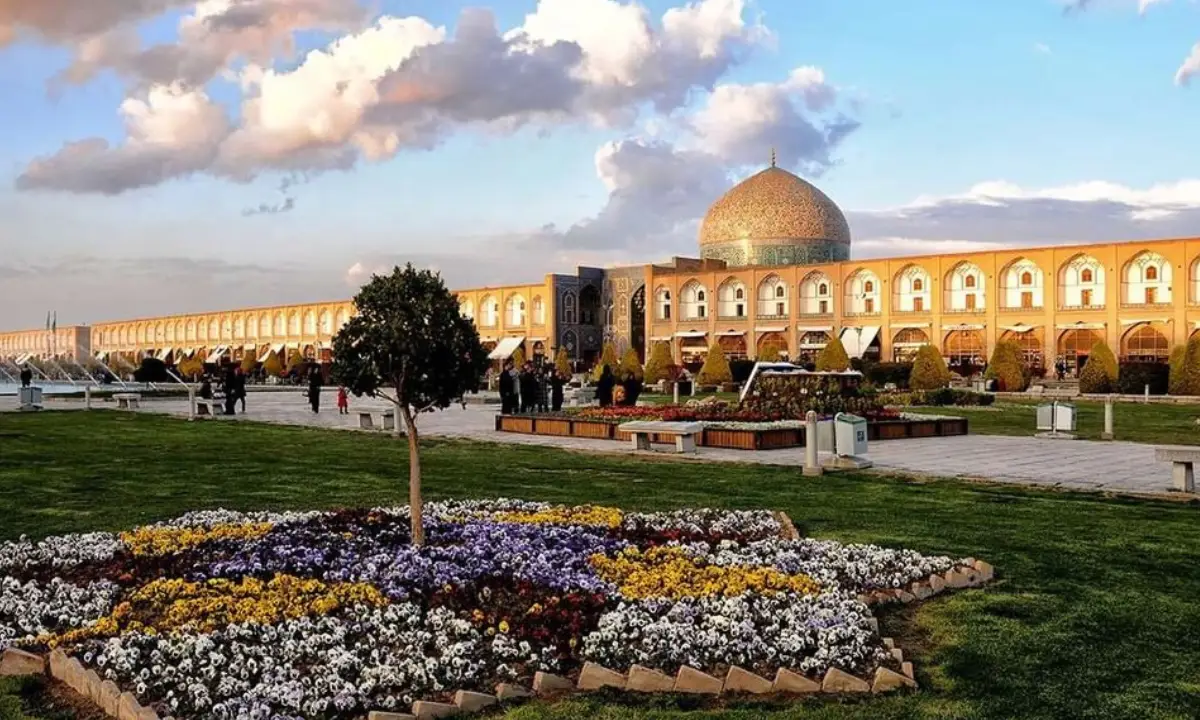
Naqsh-e Jahan Square, also known as Imam Square, is one of the most famous landmarks in Isfahan and Iran as a whole. Naqshe Jahan Square is a large rectangular square surrounded by ancient monuments which date back to the Safavid era. This square has been shaped in modern times during the reign of Shah Abbas Safavi. Naqsh-e Jahan Square was recognized as a National Iranian Heritage Site in 1934 and was Inscribed as one of the first UNESCO World Heritage Sites of Iran in 1979. Join us on a journey through the storied past and vibrant present of this iconic square, where every step unveils a new chapter in the rich tapestry of Isfahan's legacy.
The Best Places to Visit in Naqsh-e Jahan Square
- Ali Qapu Palace
- Imam Mosque
- Sheikh Lotfollah Mosque
- The Grand Bazaar of Isfahan
Ali Qapu Palace
Ali Qapu Palace is located in the west of Naqsh-e-Jahan Square, facing the Sheikh Lotfollah Mosque in the city center of Isfahan. Ali Qapu Palace is one of the most important architectural masterpieces of the early 11th century and has world renown. The mansion is 48 meters high and has 6 floors with spiral staircases. The existence of the Ali Qapu building, which was the residence of the Shah, indicates the government's supervision of the city and the life of the people, and the importance of the politics.
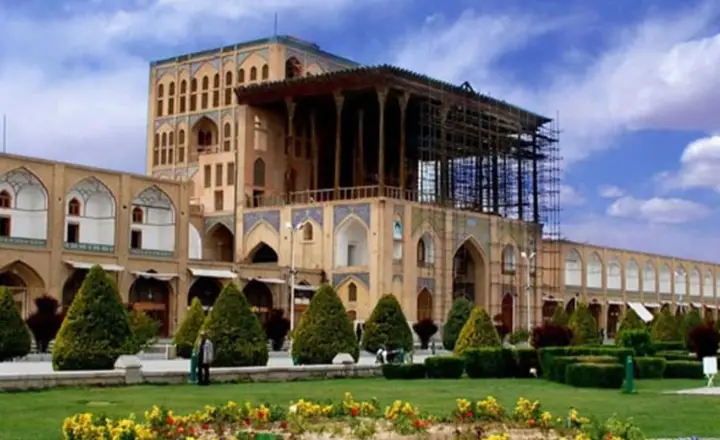
Opening Hours: 09:00 to 17:00 Every Day
Entry Fee: 500,000 IRR for Tourists (Less than 1$)
✔️Read More : Discover the Ali Qapu Palace in Isfahan
Imam Mosque
On the south side of Naqsh-e Jahan square, some domes and minarets belong to the Isfahan Imam mosque. The most important historical mosque in Isfahan is one of the most important buildings of Islamic architecture and Iran's historical squares. This building is a unique masterpiece of architecture, tile, and carpentry from the 11th century AH its construction began in the year 1020 AH, under the command of Shah Abbas the Great, in the twenty-fourth year of his reign.
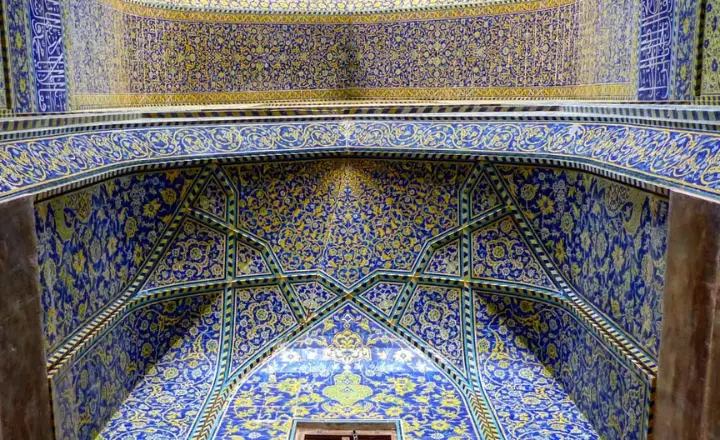
Opening Hours: 09:00 to 11:30 / 13:00 to 16:30 Every Day
Entry Fee: Free
Sheikh Lotfollah Mosque
The Sheikh Lotfollah Mosque in Isfahan stands as a masterpiece of Persian architecture. Constructed in the early 17th century under Shah Abbas I, it is renowned for its exquisite dome and intricate tile work. Unlike other mosques, it lacks a minaret and courtyard, reflecting its use as a private mosque for the royal court. Its interior is bathed in natural light that shifts and plays across the stunning mosaic tiles throughout the day.
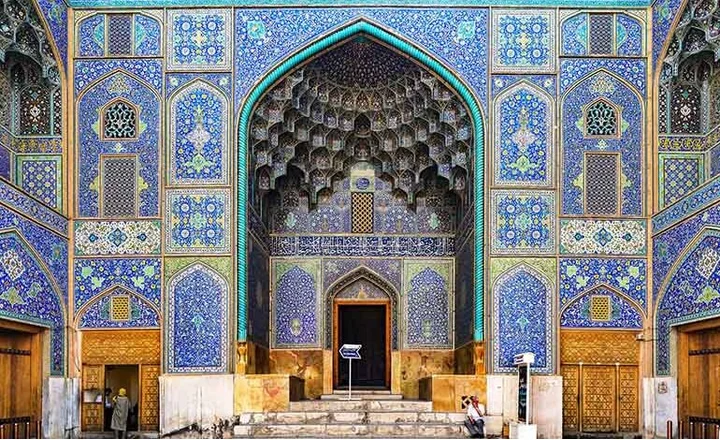
Opening Hours: 09:00 - 12:30 / 14:00 - 18:00
Entry Fee: 200.000 IRR for Tourists
✔️Read More : TOP Iran Mosques | The Most Beautiful Mosques in Iran
The Grand Bazaar of Isfahan
The Grand Bazaar of Isfahan is not just a place to buy goods; it's a living testament to Iran's rich cultural heritage. The Grand Bazaar of Isfahan dates back to the 17th century during the Safavid dynasty, although parts of it may be even older. The grand bazaar was a sign of the importance and position of the economy in this government. This traditional bazaar is 2 kilometers long with vaulted ceilings, domes, and beautiful tilework. Its design reflects the traditional layout of Persian bazaars, with narrow alleys and interconnected passages. In addition, the stunning ceiling of the Qeysarieh Portal which is one of the most famous Persian architecture masterpieces is located in the main entrance to the Grand Bazaar of Isfahan.
.webp)
Opening Hours: 09:00 - 19:00
Entry Fee: Free
Chah Haj Mirza, The Persian Traditional Tea House
Chah-e Haj Mirza or Azadegan Tea House is located between the Sheikh Lotfollah Mosque and the main entrance gate of the traditional bazaar of Isfahan in Naqsh-e Jahan Square. This stunning tea house is themed with antiques and handicrafts. Besides enjoying one of Isfahan's local delicious edibles, you can take one as a souvenir.

Opening Hours: 07:00 - 22:00 Every Day
Entry Fee: Free
What is The History of Naqsh-e Jahan Square?
Before the city of Isfahan was chosen as the capital of the Safavid era, there was a vast garden in the area called "Naqshe-Jahan Square". The garden was also the location of the state-owned buildings and the palace of the Timurid and Aghouyunlu rulers. At that time, the garden field section was called the "kushk door". This section is located on the western side of the square today's Naqshe-Jahan square and at the site of the building of the Ali Qapu Palace. In addition, the Imam Mosque and Sheikh Lotfollah Mosque symbolize the importance of the Islamic religion in the Safavid Shia government.
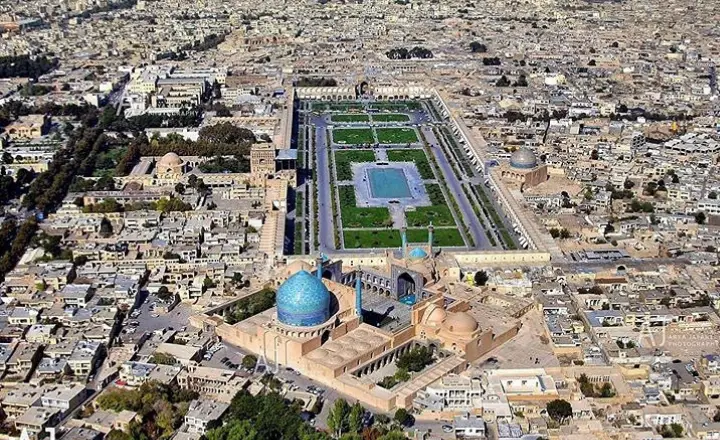
From the beginning of the reign of Shah Abbas I, the surface of Naqsh-e Jahan square is much larger than the former Kushk Square, and many times the ceremonies of lightning and fireworks have been set up. Professor Mohammad Reza and Professor Ali Akbar Esfahani, are the name of two architects who plan the square and built it in its current form. In general, this type of field design, named after the Iranian square, is a link between the market, the government center, and the religious site (mosque), before Naqshe-Jahan Square in Isfahan in the old field, or the same as the main field pattern Naqshe-Jahan Square and the oldest example of this kind of field is in Yazd in Amir Chakhmaq Square, in Qazvin, Shah Square, and Tabriz in Saheb Abad Square.
Everything You Need to Know About the Naqsh-e Jahan Square
Here is a structured table providing key details about Naqsh-e Jahan Square in Isfahan that you should know.
| Aspect | Details |
|---|---|
| Location | Isfahan, Iran |
| Also Known As | Imam Square, Shah Square, Meydan-e Naqsh-e Jahan |
| Construction Period | 1598 - 1629 (during the reign of Shah Abbas the Great) |
| Architectural Style | Persian-Islamic architecture |
| UNESCO World Heritage | Yes (since 1979, as part of the "Persian Garden" inscription) |
| Dimensions | Approximately 560 meters long by 160 meters wide |
| Notable Features | Sheikh Lotfollah Mosque, Imam Mosque (formerly Shah Mosque), Ali Qapu Palace, Qeysarieh Portal, Historic Bazaar (Grand Bazaar of Isfahan) |
| Significance | One of the largest city squares in the world; Cultural and historical significance; UNESCO World Heritage Site; Tourist attraction |
| Historical Events | Hosting ceremonies, festivals, and polo matches during the Safavid era; Gathering place for social, cultural, and political activities |
Last Words
Naqshe Jahan Square stands as a testament to the splendor of Persian history, inviting visitors to immerse in its architectural and cultural heritage. This iconic square is not just a site to visit but a passage through time, where every corner tells a story of Iran's glorious past. It's a place where history, art, and tradition converge, offering an unforgettable journey into the heart of Isfahan.
FAQ
Answering a few Important Final Questions.
How big is Naqsh-e Jahan Square?
Naqsh-e Jahan Square is approximately 560 meters long by 160 meters wide which is one of the largest city squares in the world.
What's the best time to visit Naqshe Jahan Square?
Spring (March-May) and autumn (September-November) offer mild weather, making them ideal times to visit. Early mornings or late afternoons are best to avoid heat and enjoy the architecture's beauty in softer light.
Are cultural events held in Naqshe Jahan Square?
The square hosts cultural events and festivals throughout the year, including Nowruz celebrations and religious observances, offering visitors a glimpse into Iran's rich traditions and vibrant community life.

